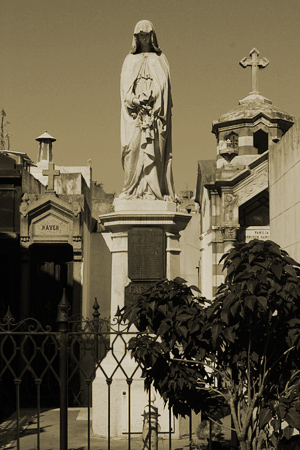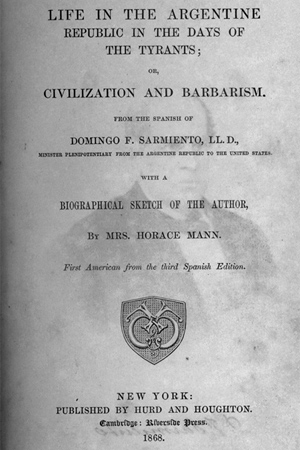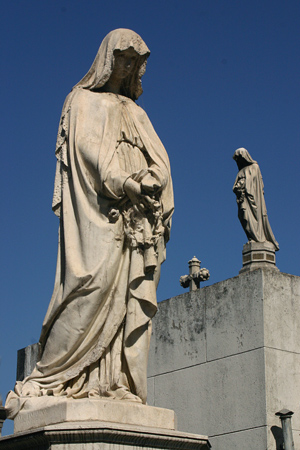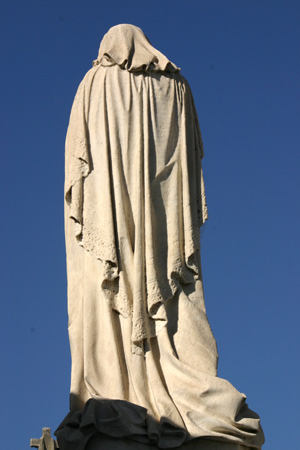
Born in La Rioja, Quiroga received the nickname “Tiger of the Plains” based on his adeptness in battle. It was a skill needed during the troubled times of early independence from Spain when Argentina struggled to reach a consensus on national government.
When Argentina broke away from Spain & earned its independence in 1816, some people wanted to invite a European monarch to establish their own kingdom… sort of an Empire of the Río de la Plata. The idea isn’t far-fetched since Brazil was a separate Portuguese empire at the same time. But those in favor of a monarch didn’t have the majority.
The biggest issue centered on the role of Buenos Aires in the new nation, specifically the money it received from port taxes. Unitarios wanted Buenos Aires to become the capital city & keep all revenue from international trade. Opposing federales wanted a confederation—an alliance among equals—which would commit Buenos Aires to give other provinces access to their income. Definitely a touchy issue.
As the major port of the nation, foreign trade brought lots of money into Buenos Aires & exporters wanted to maintain the status quo. By placing the national capital in the same spot as the economic center, Federalists feared that the rest of Argentina would be neglected. In the end, the struggle over Confederation vs. Republic was settled in favor of Buenos Aires. Unitarian predictions came true as national growth has been skewed toward the capital ever since.
A strong supporter of BsAs, Quiroga thought that Rosas could resolve the conflict & pledged his support. But when Rosas began ruling Argentina like a monarch, Quiroga switched sides. Ignoring warnings of a conspiracy against his life, Quiroga was ambushed & killed in central Argentina. Eventually his remains were transferred to Recoleta Cemetery.
His place in history was guaranteed when future President Domingo Sarmiento wrote a harsh biography of Quiroga… still required reading in the Argentine curriculum. For Sarmiento, Quiroga embodied the stereotype of the gaucho: unable to think off his horse, wild, savage, & the opposite of progress. Not the most accurate of depictions, this image of Quiroga served to promote urban development at a time when Argentina needed guidance:

Quiroga’s story is interesting but so is his tomb. Although weathered over time, the statue of Mary is a beautiful work of art made of Italian artist Antonio Tantardini. Note the delicate lacework details on her shawl. And yes, you’re seeing double. A miniature copy of this statue crowns the dome of another tomb nearby:


Legend claimed that the coffin of Quiroga was buried upright, perhaps so he would be one of the first out during the Second Coming of Christ. Excavations in 2004 confirmed his fate… Quiroga was indeed buried upright, hidden behind a wall underground. He was controversial enough that family & friends were afraid someone might break into the cemetery to deface his remains. Sure, it’s gruesome, but that’s one way to have the last word… when your opponent can’t fight back.
hello, i’m from argentina and it’s a mistake here: Unitarios wanted BsAs to become the capital city & dictate national affairs, and FEDERALES (not federalistas) wanted a confederation, an alliance among equals.
All your stories are fascinating, though this one deserves a small correction: Federales where the ones in favour of a government who deemed all provinces equally important, whereas unitarios where those in favour of a government that had Buenos Aires as the centre, in charge of national affairs. Though the federales technically won (since Argentina is a Federal Republic, not a Unitarian Republic like Uruguay), Buenos Aires still maintains, as the seat of the Executive National Power, a political and economical advantage over the rest of the much less developed country. Also the Federales Porteños (from the city of Buenos Aires) had more in common with unitarians than with the other federales, so I see how some people might get confused.
Florencia – Thanks for catching that… for some strange reason I have a tendency to say “Federalistas” instead of “Federales.” Bizarre mistake & I *always* make it 🙂
Thanks very much for the correction, Tina. That particular era of Argentine history isn’t my strongest, & I often get confused about the two groups. It doesn’t help that Rosas said he was a federal but acted like a unitario! I’ll do some more reading today & correct the text. Saludos!